South Sudan: Acute Food Insecurity Situation for September - November 2025 and Projections for December 2025 - March 2026 and for April - July 2026
During the current analysis period (September to November 2025), an estimated 5.97 million people (42 percent of the analysed population) in South Sudan are facing high levels of acute food insecurity (IPC AFI Phase 3 or above), of which around 1.3 million people are facing Emergency (IPC AFI Phase 4) conditions. During this period, as well as the two projection periods, approximately 28,000 people are classified in IPC AFI Phase 5 (Catastrophe), including 17,000 people in Luakpiny/Nasir (Upper Nile) and 11,000 people in Fangak (Jonglei).Luakpiny/Nasir County, particularly its southern parts along the Sobatcorridor, remains a major concern, with populations facing a risk of Famine during bothprojection periods under a plausible worst-case scenario.
During the harvest and post-harvest projection period (December 2025 and March 2026), an estimated 5.86 million people (41 percent of the analysed population) are expected to face IPC AFI Phase 3 or above (Crisis or worse) conditions. The situation is expected to worsen significantly during the lean season (April to July 2026), with 7.55 million people (53 percent of the analysed population) projected to experience high level of food insecurity (IPC AFI Phase 3 or above).
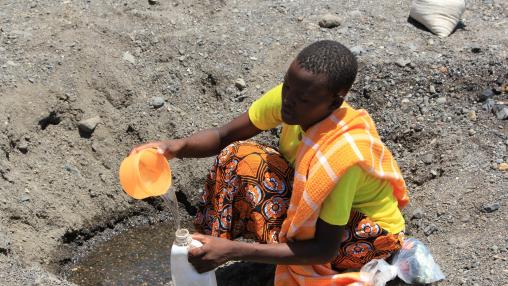
Food and Nutrition Crises Burgeon in Face of Conflict, Funding Cuts: GRFC Mid-Year Update Released
Hunger and food crisis have reached catastrophic levels in multiple places around the world, according to the Global Report on Food Crises Mid-Year Update. Famine has been confirmed in the Gaza Strip and the Sudan, with parts of South Sudan at risk of famine and Yemen, Haiti, and Mali experiencing catastrophic levels of hunger.
In all, 1.4 million people faced IPC Level 5 (Catastrophe) food insecurity and hunger as of August 2025.
Extremely high acute malnutrition levels underscore the risk of Famine in Upper Nile State
South Sudan: Acute Food Insecurity Situation Projection Update for April - July 2025
In Luakpiny/Nasir and Ulang, which face a risk of Famine under a worst-case scenario, urgent and immediate action is needed for these populations, including large-scale and multi-sectoral response and the protection of humanitarian access to prevent the total collapse of livelihoods, increased starvation, death and possible deterioration into a full-blown Famine.
In addition, around 2.4 million people (18 percent of the analysed population) are in IPC AFI Phase 4 (Emergency) and nearly 5.2 million people (38 percent of the analysed population) are in IPC AFI Phase 3 (Crisis). These populations require urgent humanitarian response to meet food needs, protect lives and livelihoods, and reduce further deterioration.
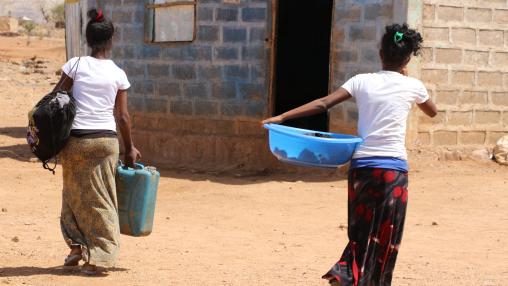
Millions Face Rising Acute Food Insecurity, According to New FAO-WFP Report
Millions of people across 22 countries and territories may be pushed into acute food insecurity by May 2025, according to the latest FAO-WFP Hunger Hotspots Report. Ongoing and increasing conflict in many areas of the world, along with economic hardships and extreme weather caused by climate change and the La Niña phenomenon, are behind this significant increase in both the magnitude and the severity of acute food insecurity.
IPC South Sudan Alert - December 2020
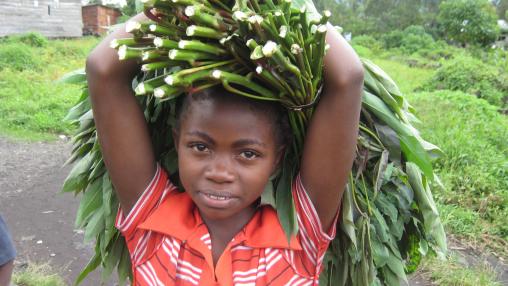
From Famine to Food Security
Food crisis and famines continue to plague many developing countries. Armed conflict and prolonged drought have left around 20 million people at a risk of starvation and death in Somalia, South Sudan, Yemen, and Nigeria, while several other African nations also currently face with food insecurity, largely as a result of climate-driven weather events. An estimated $4.4 billion in aid is needed to address these crises.
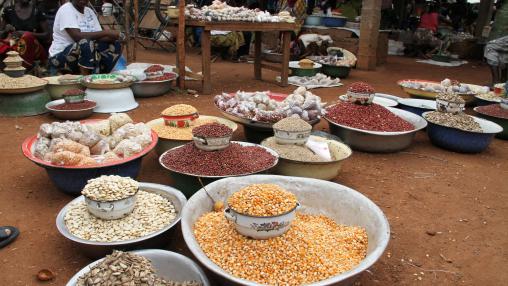
Latest FEWS Net Monthly Price Watch Released
The newest edition of the FEWS Net Monthly Price Watch was released last week, citing continuing high international maize and wheat prices. While maize prices saw drastic spikes in June and July 2012 due to drought conditions in the US, they leveled off, although at high levels, later in the year as more information regarding US crop conditions and global supplies became available. Wheat prices, on the other hand, rose steadily between May and November before leveling out in December.
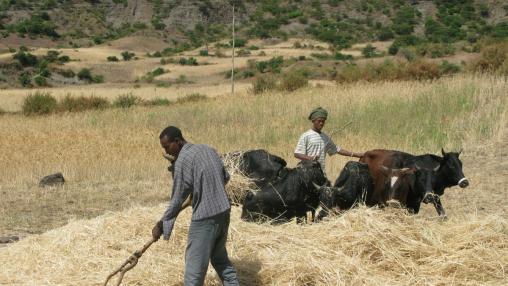
FEWS NET Releases Latest Monthly Price Watch
FEWS NET has released its monthly price watch for February 2012. The report cites stable and declining grain prices in much of West and East Africa, although prices remain high in the Sahel region and Kenya. In particular, grain prices in South Sudan remain very high due to poor production and trade; similarly, maize prices in Malawi continue to increase rapidly. Afghanistan and Tajikistan continue to see high wheat and wheat flour prices.
Download the full report
Download the annex
Files:
full report
annex
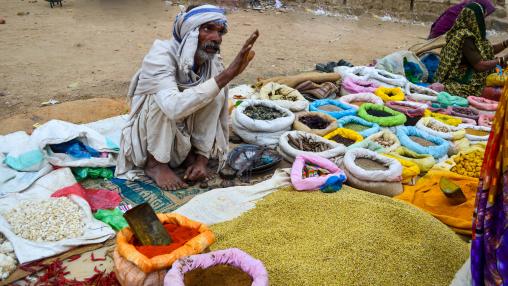
FEWS NET Releases Latest Global Price Watch
FEWS NET has released its Global Price Watch for September 2011, citing continuing high prices in Kenya, Ethiopia, and Somalia. Africa's newest nation, South Sudan, is also facing increased prices on some staple goods due to conflict and trade restrictions. Global rice prices saw a moderate upswing, due in part to Thailand's new rice price subsidy.
View the full report and the annex
Files:
full report
annex